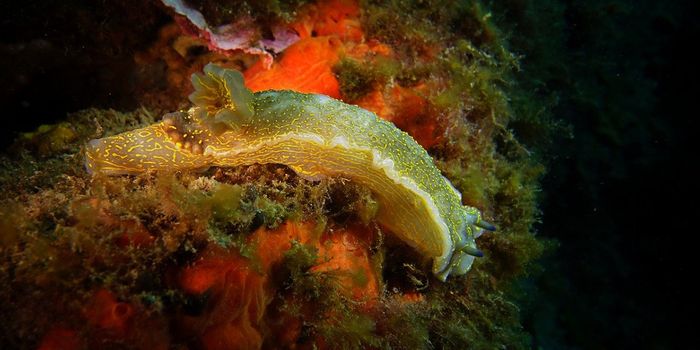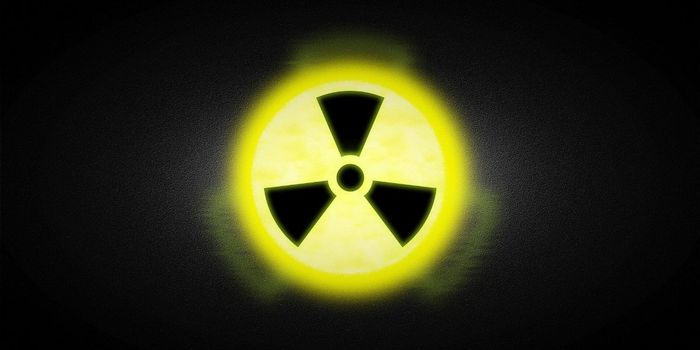Hollywood often depicts drowning or near drowning incidents with plenty of thrashing, splashing, and yelling. But this flair for the dramatics isn't quite representative of what happens in real life when a person is in trouble with the waters. In fact, a drowning person would make very little noise or splashes, and lifeguards must rely on other cues to recognize the distress signals.
Drowning happens when the person can't breathe, and consequently can't get enough air, due to being in or under water. As the air content in a person's body decreases, their buoyancy also decreases. Shock and panic can lead to hyperventilation, which only decreases oxygen to the body while potentially filling the lungs with fluid.
It only takes seconds for things to go from bad to worse. People who are in distress for 20 seconds begin to sink under water, where they can hold their breath for a little longer. After 90 seconds without oxygen, the person will typically black out.
This chains of events typically don't give victims the ability to shout for help. Some water safety experts actually say that if you can call for help, then you're not drowning.








